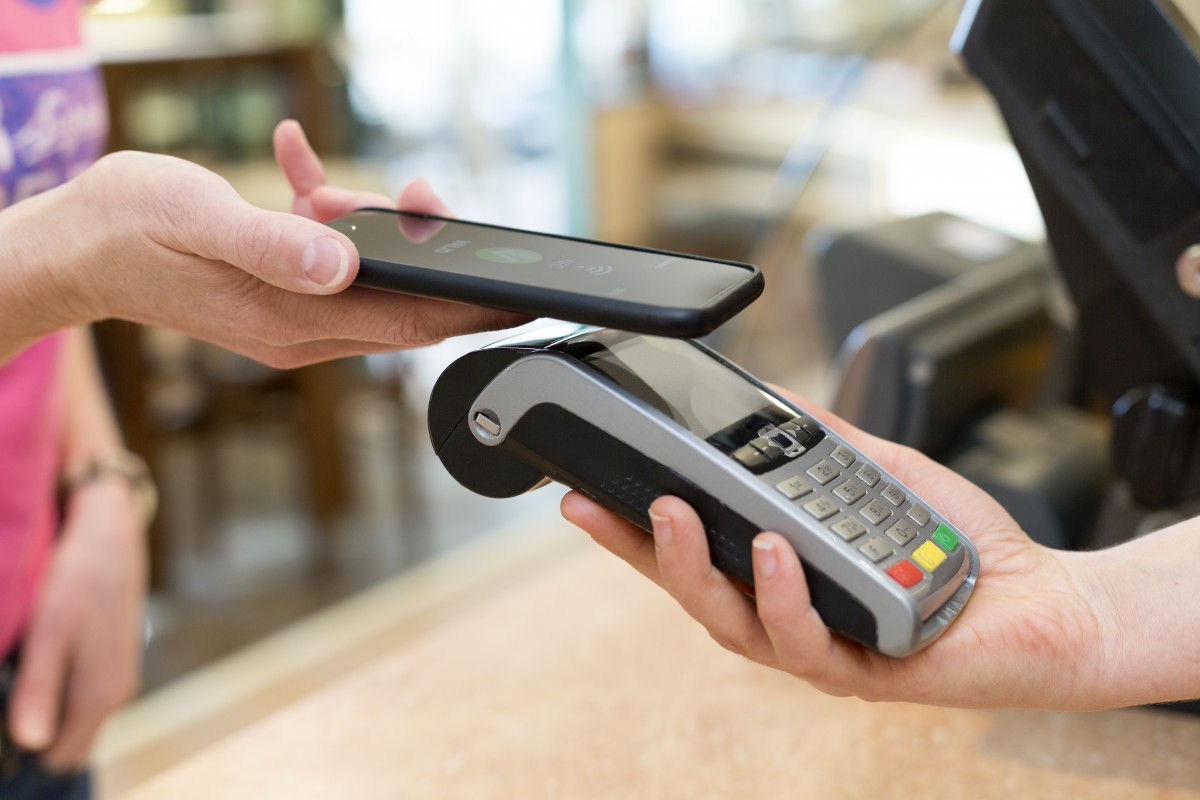Karine Martinez, Head of Sales at PPS, writes for Payment Expert examining the approach of banks when it comes to digital wallets – analysing whether they have missed the mark in terms of tapping into the innovative payment tech.
With the total number of digital wallet users set to exceed 5.2 billion globally in 2026, it’s little wonder why the big banks are starting to jump on the digital wallet train, and some big names across the pond are now developing their own digital wallets to ‘address long-standing payment problems in e-commerce’.
But in the face of fierce competition and a fragmented customer base, has the metaphorical train left the station without them?
An attractive proposition for banks
It’s no secret that companies such as Apple and Google have long been eating into the profit margins of traditional banks by moving consumers onto their platforms, giving financial institutions a strong incentive to get in on the action.
Early Warning Services (EWS) recently announced its plans to launch a digital bank wallet in the second half of 2023 to challenge PayPal. EWS is the digital payments platform owned by Bank of America, Capital One, J.P. Morgan, PNC, Truist, U.S. Bank and Wells Fargo.
These seven banks intend to replace the current digital wallet ‘middlemen’ with an offering of their own. The yet-unnamed Bank Wallet will offer the banks’ collective 150 million credit and debit card holders a new way to pay online.
But the growth of mobile apps providers like PayPal has created additional competition that will prove a huge barrier. Since the start of 2020, PayPal has added 126 million new customers, and Cash App grew from 24 million users in 2019, to 44 million in 2022.
Aside from the competitive landscape digital wallets have grown into, end users are not the loyal customer base bricks-and-mortar banks have traditionally dealt with. Research suggests three-quarters of smartphone owners have at least one merchant’s mobile app on their device.
Traditional banks may well see digital wallet launches as a necessary step to stay relevant, but to be successful they will need to offer the functionality, flexibility and innovation neo-banks offer, to catch up quickly as digital wallets continue to evolve.
Fast forward to super and crypto wallets
If traditional banks are going to compete in this arena, a single-function app approach might not cut it. They will need to create super wallets where users can manage payments, savings, investments, crypto, budgets, loans, insurance, and more, in one place.
They also need to consider how they can leverage the demand for Buy Now, Pay Later (BNPL) and other embedded finance products when developing their own digital wallet offering.
BNPL will certainly play a part in future iterations of the digital wallet. PayPal has already launched its ‘Pay in 3’ credit offering, and Apple has plans to launch Apple Pay Later in the near future. BNPL leader Klarna has already launched a super app that consolidates shopping, payment management, product delivery, and product returns.
Banks should also consider the future role of cryptocurrency. As of August 2022, the number of crypto wallet users reached more than 84 million worldwide, up from around 76 million users the previous year, and the global crypto wallet market size was valued at USD $8.42bn . It’s expected to expand even further at a compound annual growth rate (CAGR) of 24.8% from 2023 to 2030.
After initial scepticism about crypto, the whole banking industry is playing catch up to compete in this new world, and profit from it. Some have experimented with cryptocurrency offerings, others have lobbied regulators to create rules that work in the banks’ favour. JPMorgan even started its own digital currency back in 2019.
While cryptocurrency is not without risk due to price volatility, technical complexity and governance, in the future, all assets are going to be in a digital format, so crypto wallets must factor into any bank’s digital wallet strategy,
The good news is that crypto wallet technology is constantly evolving to keep up with the growing use of crypto, and to address security concerns. Software wallets are already protected with cybersecurity measures like two-factor authentication and cryptography which make it difficult for hackers, and there are examples of artificial intelligence being used to carry out token security reviews.
Coinbase recently carried out an AI experiment to find out how accurately ChatGPT could fulfil this process – requirement for all tokens listed on the exchange – and is optimistic it can increase the accuracy of ChatGPT to a point where it could be used as a secondary quality assurance check.
How can FIs get ahead?
The prime moment for big banks to get on board with digital wallets may have passed, but with the help of an advanced partner, it’s not too late for them to catch up and provide a wide range of transaction processing services, including digital wallet provision.
Of course the best partners will be those that have capabilities across the UK and beyond, and that can tailor a package of services to your specific needs and those of your customers.
With so many consumers embracing digital wallets as a convenient, fast, and secure payment method, traditional financial institutions must find a way to compete. Key to success will be focusing on the value proposition for the consumer, and not getting distracted by the competition.




















